Posted by: Ken @ 6:27 am
Today’s photos are evidence that we have returned to Florida. We were greeted with rain almost every morning. This and the need to catch up on doctor and dentist visits curtailed our time in the field. However, we did not have to look very far to enjoy the bird life.
A Great Blue Heron provided us with quite a show as it swallowed a very large exotic catfish.
View the entire swallowing sequence as a slide show here: http://www.flickr.com//photos/rosyfinch/sets/72157630069020920/show/
SLIDE SHOW IS ALSO EMBEDDED AT END OF THIS POST IF SUPPORTED BY YOUR BROWSER
Hypostomus plecostomus, also known as Algae Eater or “Pleco,” is a popular aquarium fish from South America that has been introduced into Florida waters. They are not poisonous, though they do have sharp spines that could cause injury if they are handled carelessly. This is the second time I have photographed a Great Blue Heron eating one. Mary Lou spied this heron in the act of spearing its prey on our back yard lawn next to the lake. We do not know how long it had been since it was caught, but these photos span a period of eight minutes. The photos are of poor quality, as I took them from inside the house through the glass of our rear door.
A Great Egret marched along the edge of the lake (again taken through the window)
This has been a great year for White Ibises. There are many immature birds with varying amounts of dark coloration.
Some of the adult ibises seem to have a grayish or “dirty” cast to their feathers, probably stains from foraging in muddy puddles, of which there are many. These two were taking advantage of the shade in our next door neighbor’s back yard.
The profile of a Tricolored Heron stood out against the reflection from a neighbor’s fence.
A Green Heron protested my attempt to move in closer for a better shot.
Two Wood Storks have been foraging along the shore of our small lake.
This Wood Stork moved nearer and stirred the water with its bubble-gum pink foot.
Since the banner year of 2009, we have seen few to no immature Wood Storks in our local lake. Although I do not know where these particular birds are nesting, this correlates with their failure to nest at all at Corkscrew Swamp during the past three seasons. At Corkscrew, where they historically turned the rookery trees white during the breeding season, the census has shown no nesting pairs at all in 2007, 2010, 2011 and 2012. There were 1120 in 2009 and 600 in 2006. This spring I did see a few immature storks in Palm Beach County, where several pairs are nesting. They are also extending their breeding range northward into Georgia and South Carolina.
The stork extended its wing to provide a shady spot where small fish might congregate and blunder into its open jaws.
We were free of chores one morning when the rain held off.We watched the sunrise from our back patio.
We got a late start, and were surprised to find a group of deer that included at least two bucks and two does. They were only about 5-6 houses up the gravel road that leads into the wetlands. A neighbor saw an additional two spotted fawns. The buck is usually more secretive. It is an 8-pointer, still in velvet.
One of the couples struck a nice pose.
We visited the local heron rookery after an absence of over six weeks. I had hoped to compare nesting success of herons which nested in the defoliated trees that were treated with herbicide against those with nests in untreated trees. The lack of observations while we were away greatly limits any conclusions that might be drawn, but Yellow-crowned Night-Heron Nest #9 (herbicide treated) had hatched out at least 2 chicks that I last photographed on April 22. My neighbor Scott said he did subsequently see fledglings near that nest. Interestingly, after Nest #9.5, which was located rather high in an adjacent non-treated tree, fell apart in a windstorm, that pair apparently took over the vacant nest #9. Today there was an adult incubating on Nest #9. The three chicks in #10 non-HT, the next nest to the south, were all in the nest.
This is my photo of the same nest taken back on on April 18, about three days before the eggs hatched.
This is the heron now incubating on Nest #9, an herbicide-treated tree.
Two Green Heron nests, one in an herbicide-treated and the other in a non-treated tree, were both successful in fledging young. This is one of the fledglings from the non-treated tree.













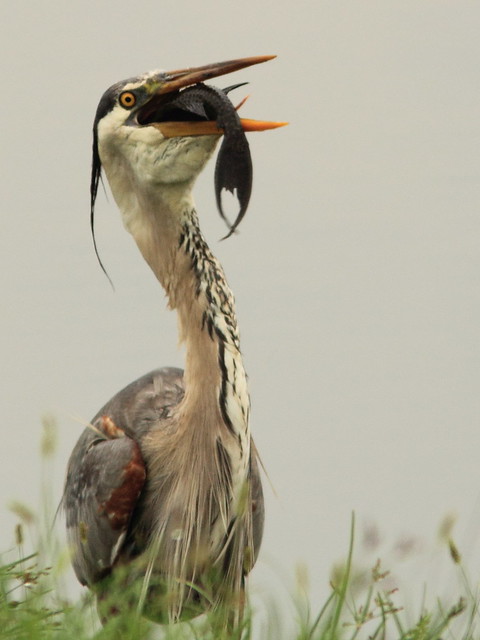
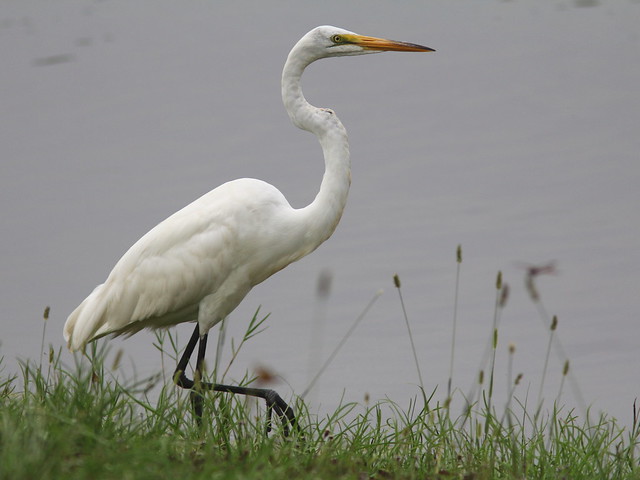
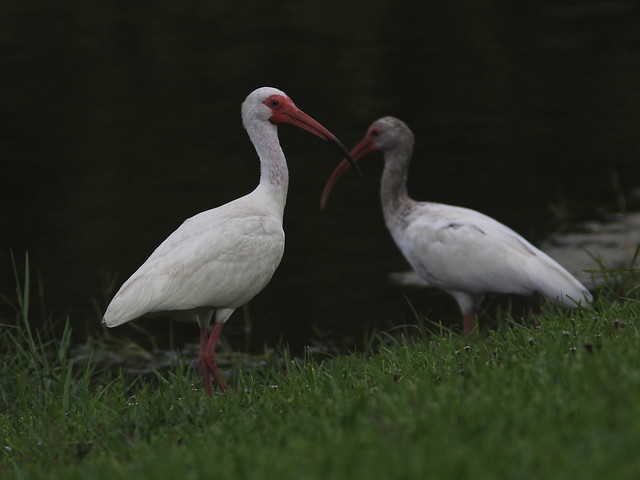

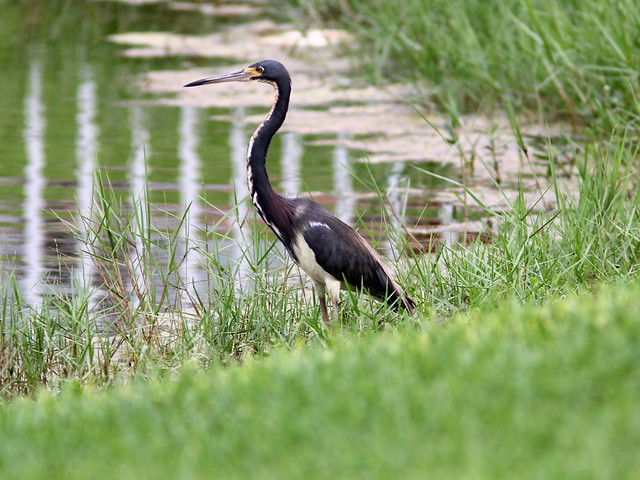

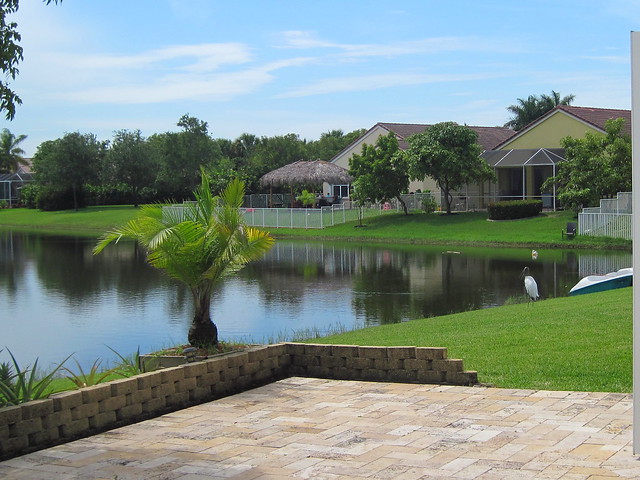
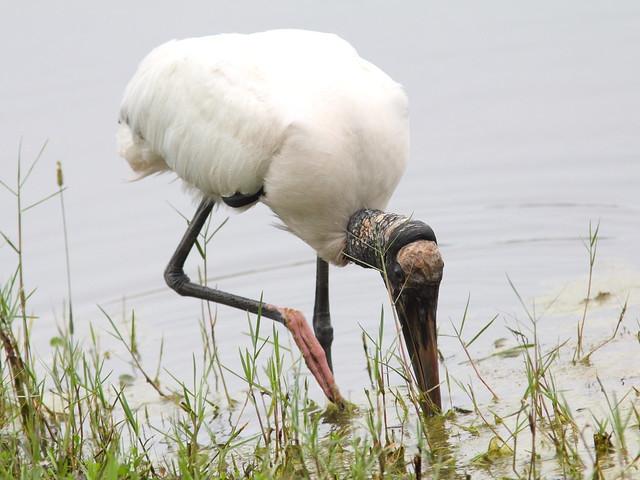
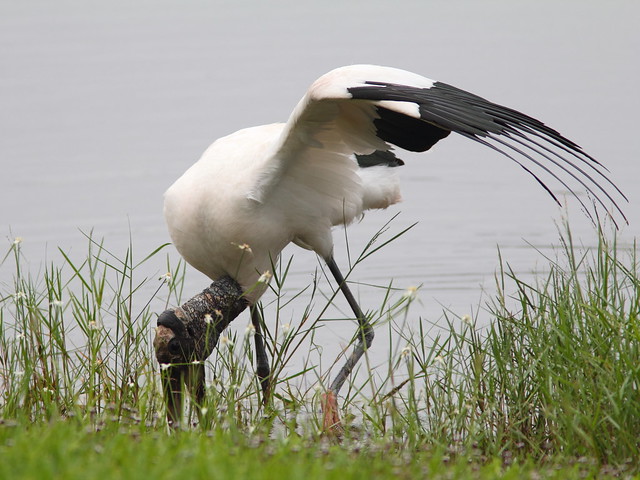
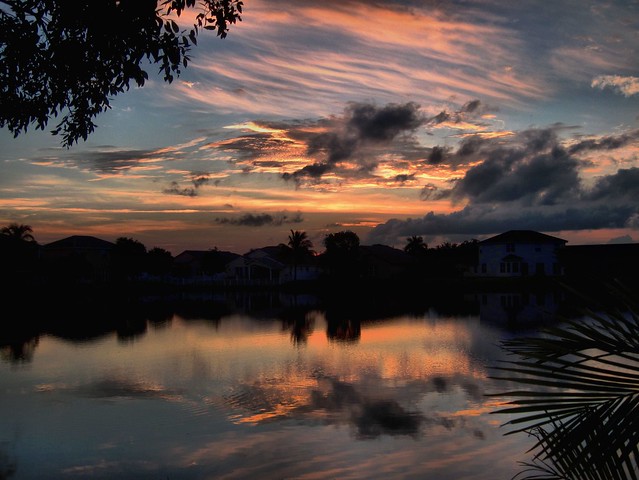

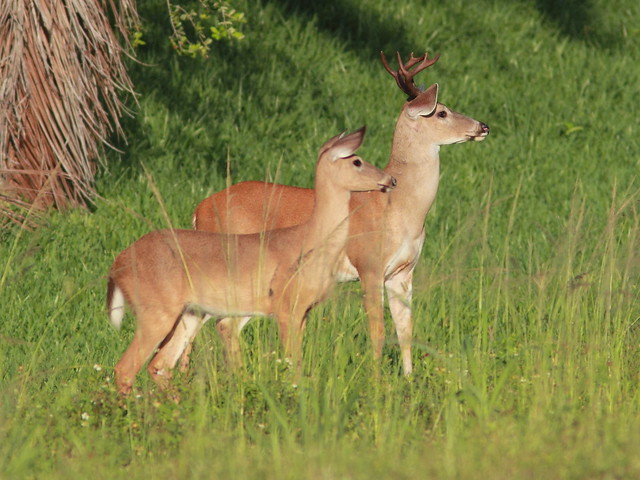
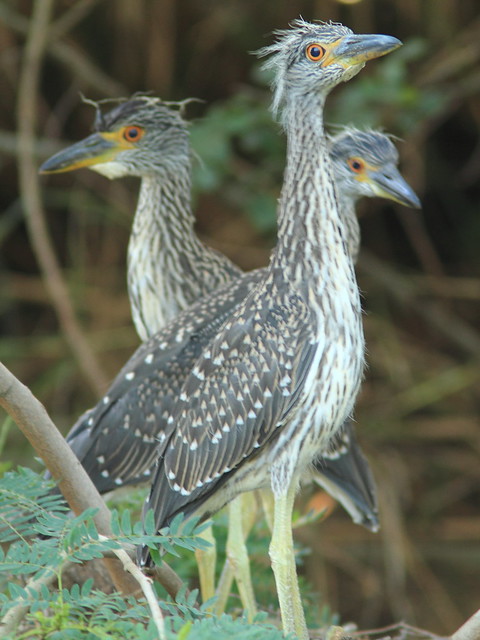
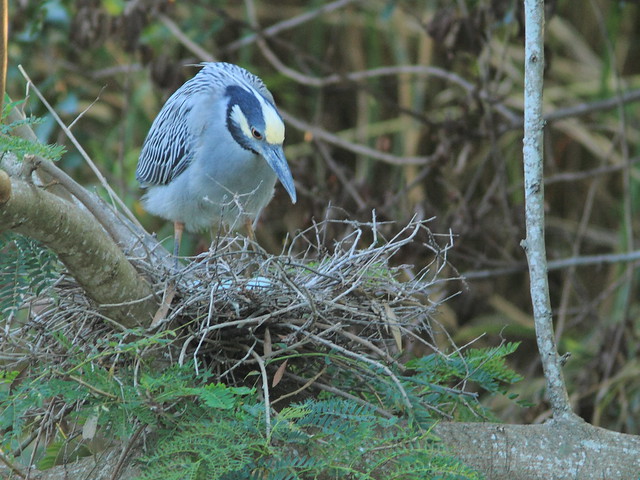
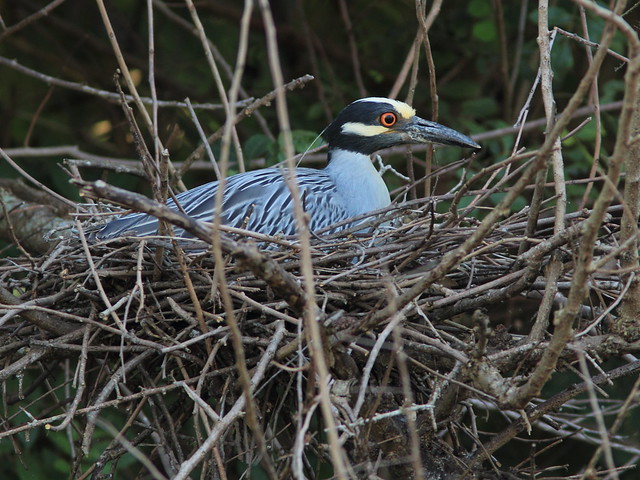
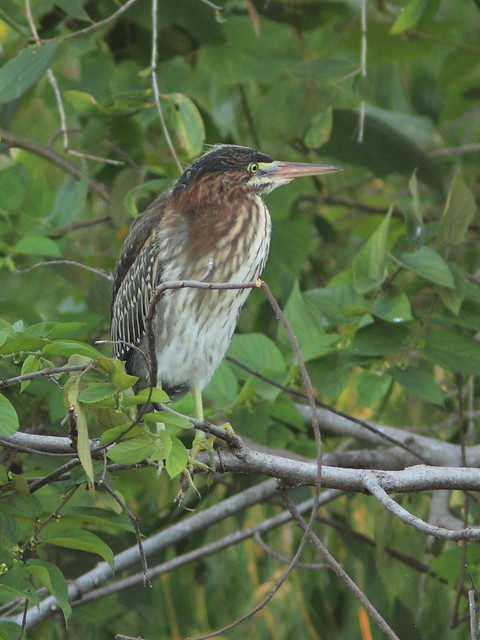
June 12th, 2012 at 8:45 am these are just awesome! enjoyed this whole series very much!
June 12th, 2012 at 9:14 am What a sunrise I just love that shot and those birds you captured are AMAZING!!!Have a great day! Shantana
June 12th, 2012 at 9:56 am WOW! The wildlife in Florida is to die for - well, for photographers, at least. :)
June 12th, 2012 at 10:05 am WOW, lots of stunning pictures. Love them all, I’ve never seen a tri-color heron, it’s a beauty!!
June 12th, 2012 at 11:34 am Great series!!!
June 12th, 2012 at 12:42 pm Another great sequence!! Boom & Gary of the Vermilon River, Canada.
June 12th, 2012 at 12:45 pm What a splendid series! I love the picture of the buck.
June 12th, 2012 at 12:53 pm Beautiful! You have a great series of birds right outside your front door.
June 12th, 2012 at 12:58 pm Wonderful images but the first has to be my favourite.
June 12th, 2012 at 1:23 pm Awesome WBW post!
June 12th, 2012 at 1:31 pm I need to get myself to Florida. So many different Herons. Great shots.
June 12th, 2012 at 3:47 pm Awesome shots, Ken! The herons and Ibis are wonderful and I really love the Wood Storks. The sunrise is gorgeous. Great post and as usual your photos are amazing.
June 13th, 2012 at 3:58 am You just amaze me with your wonderful photography. Your collection of birds leaves me speechless.
June 13th, 2012 at 5:19 am The Great Blue looks like a pelican swallowing that fish. Amazing! Sorry to read about the Wood Storks. Are they going the way of the dinosaurs? :-) Great post, Ken!
June 13th, 2012 at 8:19 am You sure didn’t last long in Illinois! Love the storks, such a soulful looking bird!
June 13th, 2012 at 2:32 pm love the deer, great pic of the buck would love to see him . have seen doe her but not aa buck.
June 14th, 2012 at 5:30 am Wow, such an amazing array of gorgeous shore birds, and the sun scape is brilliant~
June 15th, 2012 at 5:44 pm Gorgeous photos Ken. I’m always amazed at the size of prey that a Great Blue Heron can swallow. That is a great sequence. The sunrise from your patio is breathtaking and the Yellow-crowned Night-Herons are awesome. I especially like the shots of the chicks!
June 20th, 2012 at 12:48 am Wow! Lovely set of pictures. The first pic is amazing!
July 26th, 2012 at 11:02 am Thank you, all, for your gracious comments. I’m glad you enjoyed the view from our patio!
August 12th, 2012 at 6:03 pm What wonderful birds you get to see! I lived in Miami, Florida for 34 years and loved it. I used to take the wildlife and flowers for granted - now I realize what a tropical paradise is! Of course, the desert has it’s own beauty too.